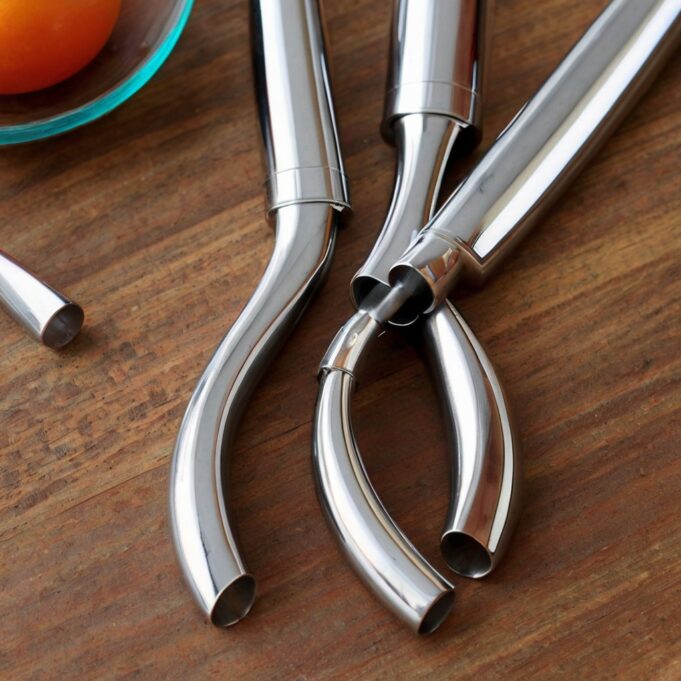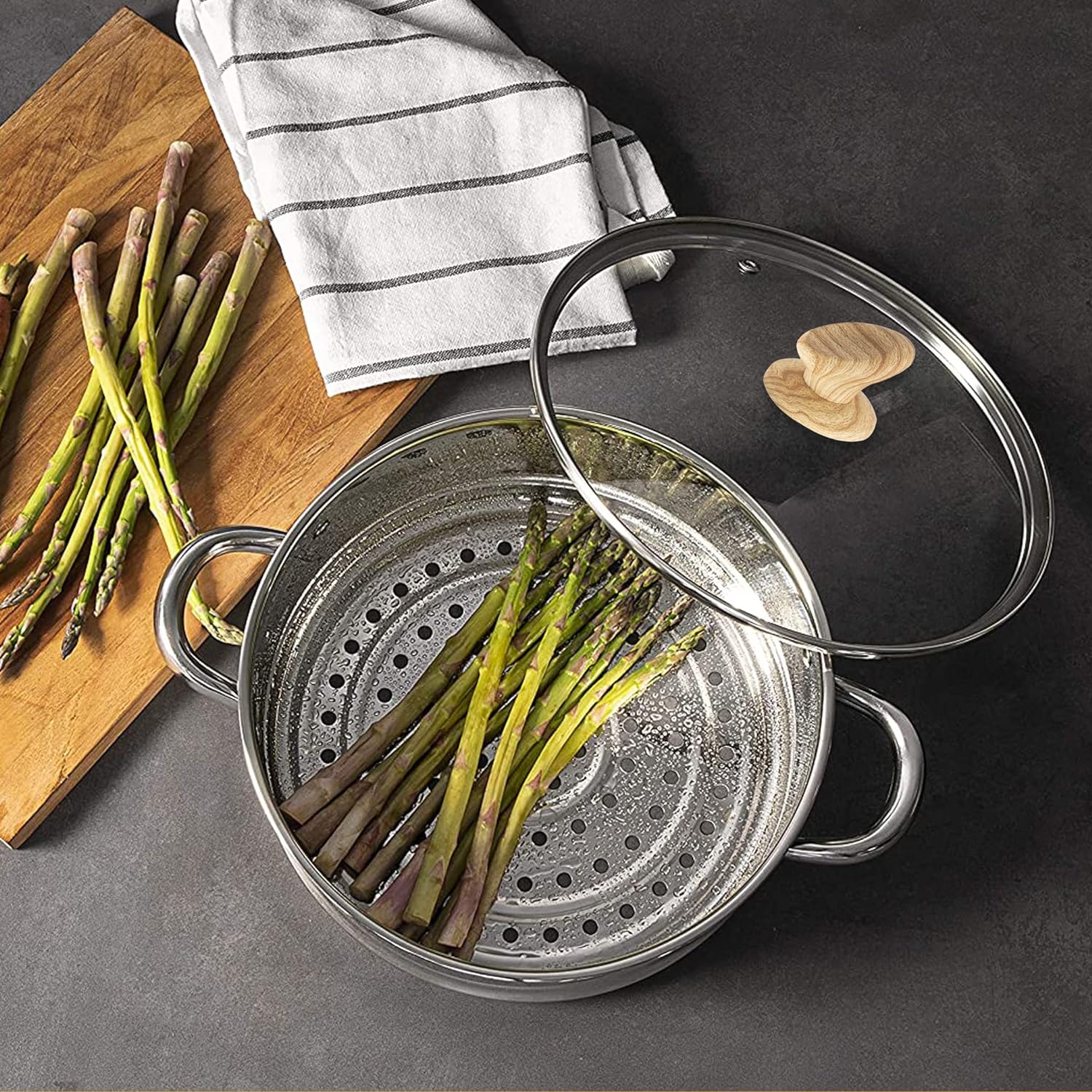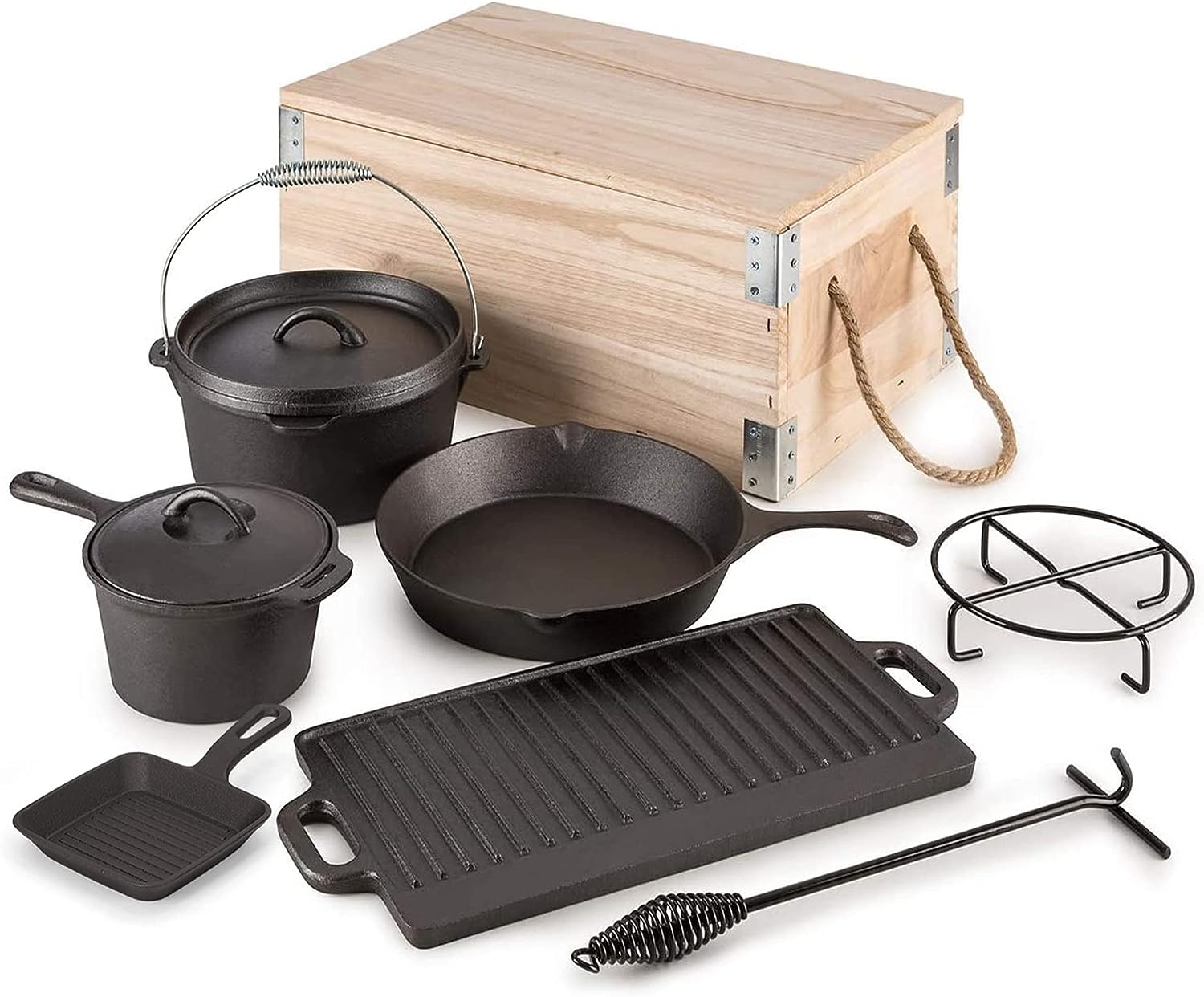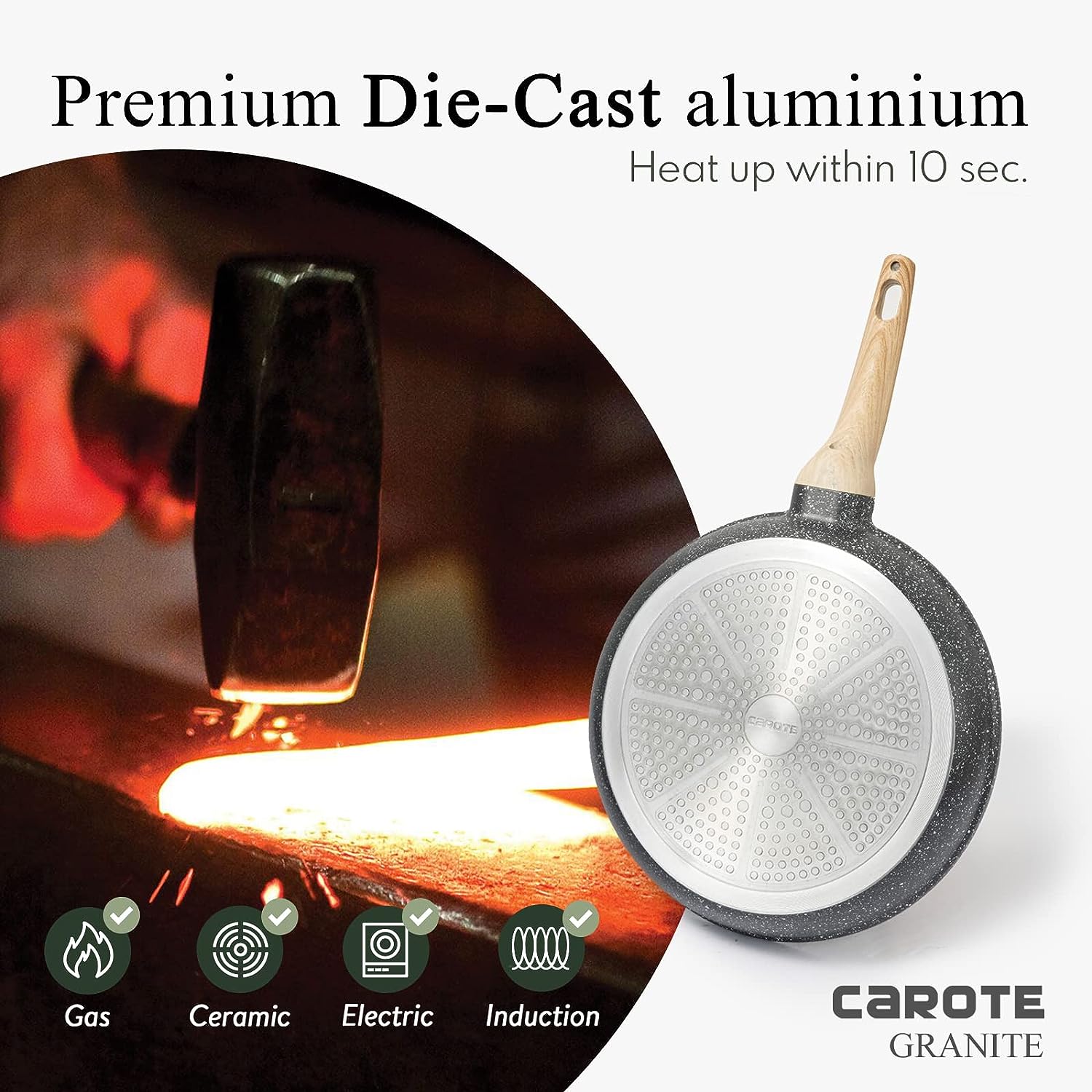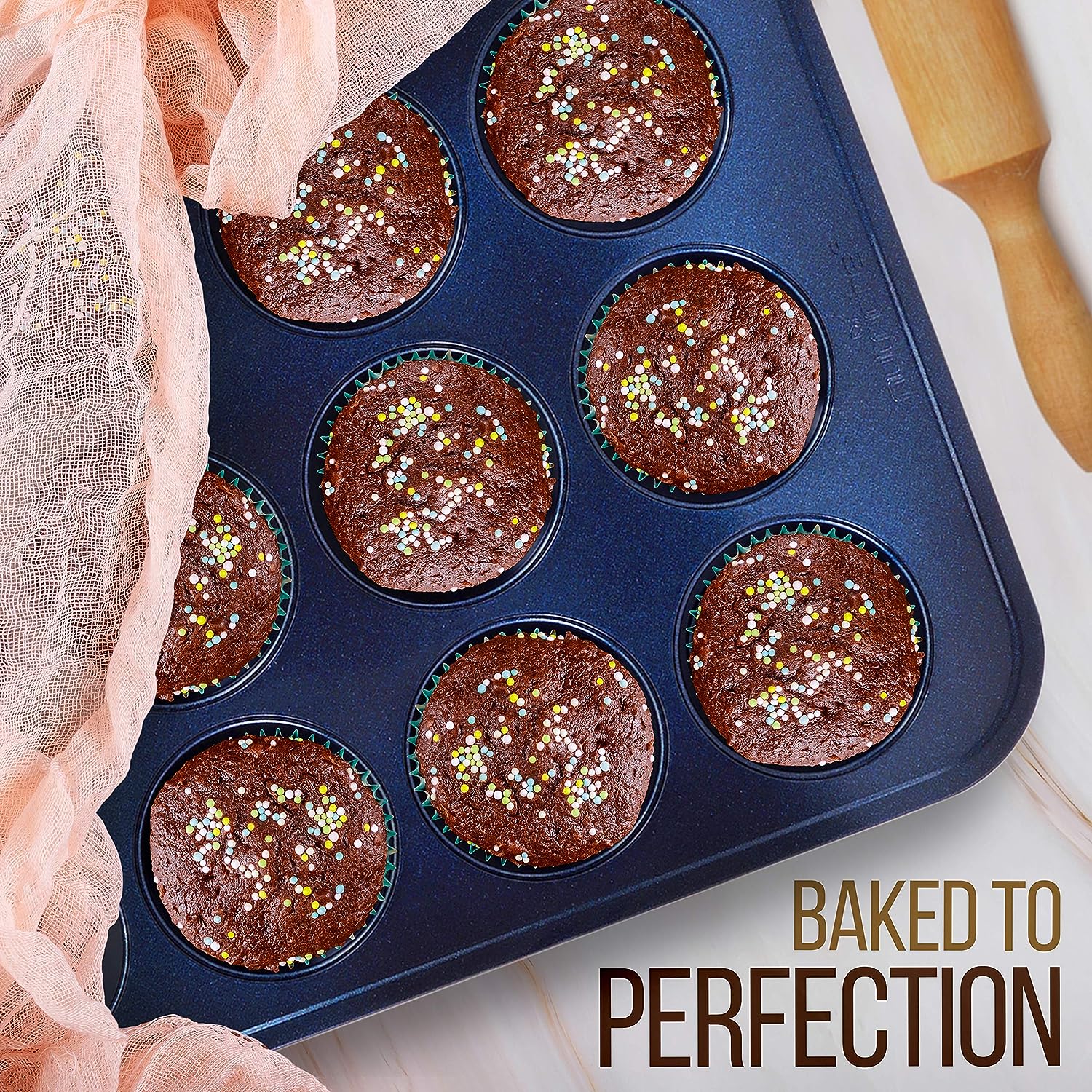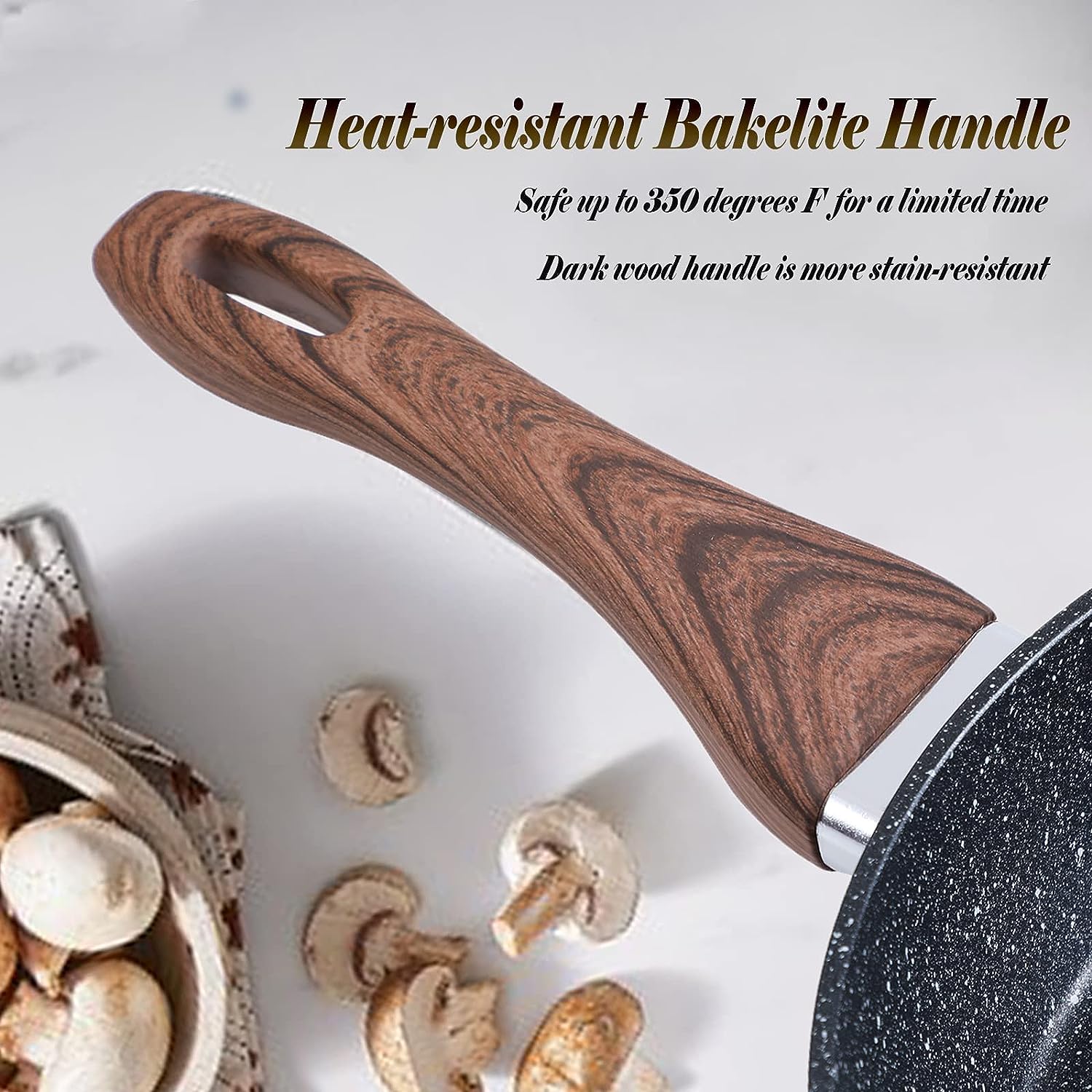Are you tired of your pots and pans falling apart? In this article, we will talk about how to take care of your cookware so it lasts a long time. We will discuss ways to prevent handles from getting loose, stop your pans from warping, and keep your non-stick coating in good shape. Let’s ensure your cookware stays in tip-top condition for all your cooking adventures!
Have you ever noticed loose handles on your pots and pans? Or maybe your non-stick coating is starting to peel? It can be frustrating when your cookware starts to wear down, but fear not! In this article, we will explore strategies for maintaining the durability of your cookware, focusing on common issues such as loose handles, warping, and non-stick coating problems.

Loose Handles: Why Do They Happen?
Loose handles on your cookware can be a common issue, especially with frequent use. When the handle becomes loose, it can be challenging to maneuver your pots and pans around the kitchen safely. But why do handles become loose in the first place?
Handles on cookware can loosen over time due to repeated exposure to heat, which can cause the metal to expand and contract. Additionally, if the handle is attached with screws or rivets, they can become loose with wear and tear.
How to Prevent Loose Handles
To prevent handles from becoming loose on your cookware, consider the following strategies:
- Proper Maintenance: Regularly tighten screws or rivets on the handles of your pots and pans to ensure they stay secure.
- Avoid Excessive Heat: Be careful not to expose your cookware to high heat for extended periods, as this can cause the metal to expand and contract, leading to loose handles.
- Use Oven-Safe Cookware: If you frequently use your cookware in the oven, ensure it is oven-safe to prevent damage to the handles.
Following these simple tips can help prevent loose handles on your cookware and prolong its durability.
Warping: How Does It Happen?
Another common issue with cookware is warping, which occurs when the metal becomes misshapen or distorted. Warping can make it difficult to cook evenly and even cause your cookware to wobble on the stovetop. But what causes cookware to warp?
Cookware can warp due to exposure to high heat, sudden temperature changes, or improper storage. Excessive force when cooking, such as banging pots and pans on the stovetop, can also contribute to warping.
How to Prevent Warping
To prevent your cookware from warping, consider the following tips:
- Even Cooking: Use your cookware properly by ensuring it is heated evenly and not exposed to sudden temperature changes.
- Proper Storage: Store your cookware correctly by stacking pots and pans carefully to avoid unnecessary pressure on the metal.
- Avoid Excessive Force: Be gentle with your cookware and avoid using excessive force when cooking to prevent warping.
By taking these precautions, you can help maintain your cookware’s shape and integrity and prevent warping.
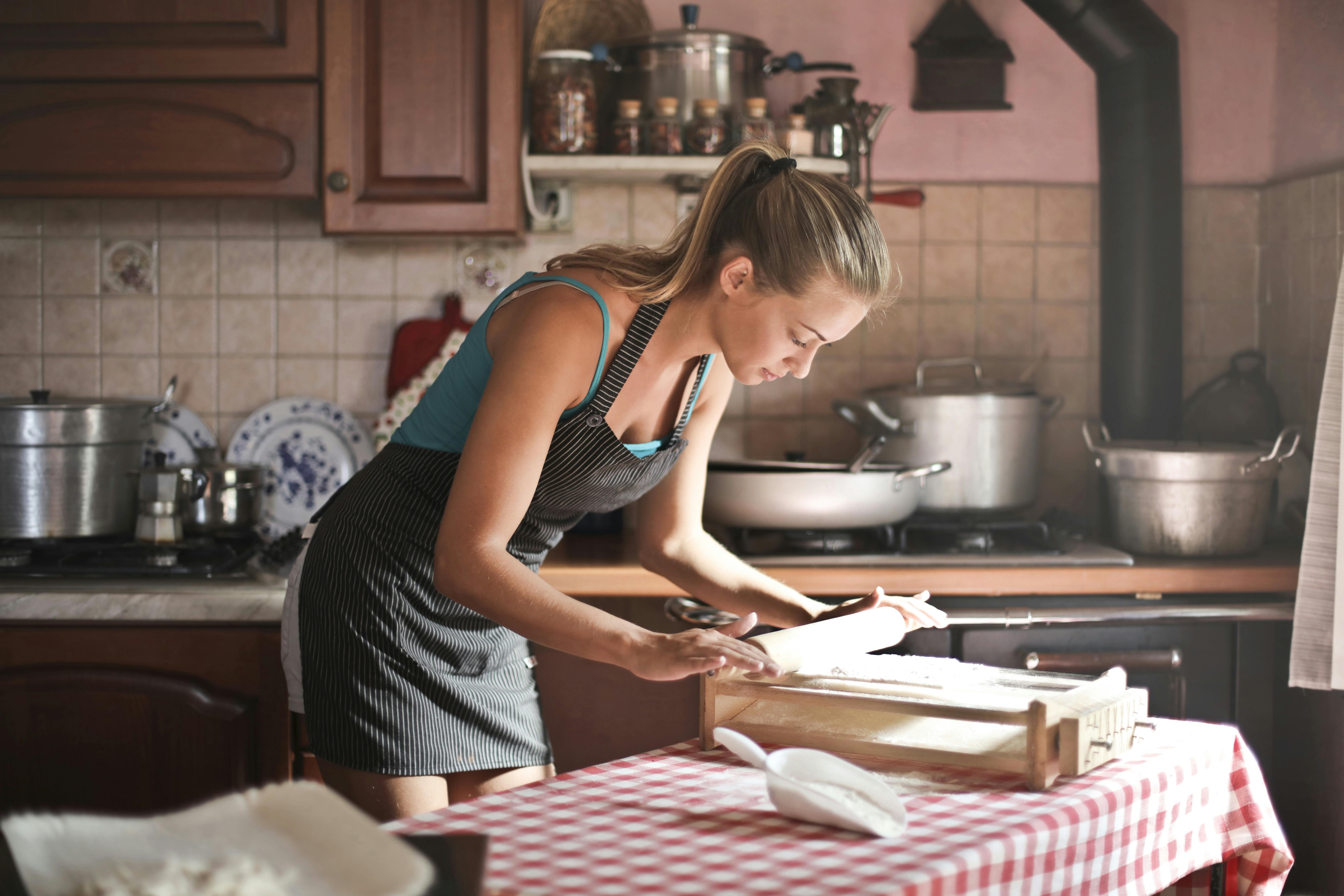
Non-Stick Coating Problems: What Causes Them?
You may have encountered issues with the coating peeling or scratching over time if you have non-stick cookware. Non-stick coating problems can make your cookware less effective and may even pose health risks if the coating begins to flake off. But why do non-stick coating problems happen?
Non-stick coatings can wear down over time due to regular use, exposure to high heat, or abrasive cleaning tools. Additionally, if the layer is scratched or damaged, it can start to peel, compromising the non-stick properties of the cookware.
How to Prevent Non-Stick Coating Problems
To prevent issues with the non-stick coating on your cookware, consider the following strategies:
- Gentle Cleaning: Avoid using abrasive sponges or harsh cleaning chemicals on your non-stick cookware to prevent damage to the coating.
- Use Wooden or Silicone Utensils: When cooking with non-stick cookware, use wooden or silicone utensils to avoid scratching the coating.
- Avoid High Heat: Cook on low to medium heat with your non-stick cookware to prevent the coating from overheating and deteriorating.
By following these tips, you can prolong the life of the non-stick coating on your cookware and maintain its effectiveness in the kitchen.
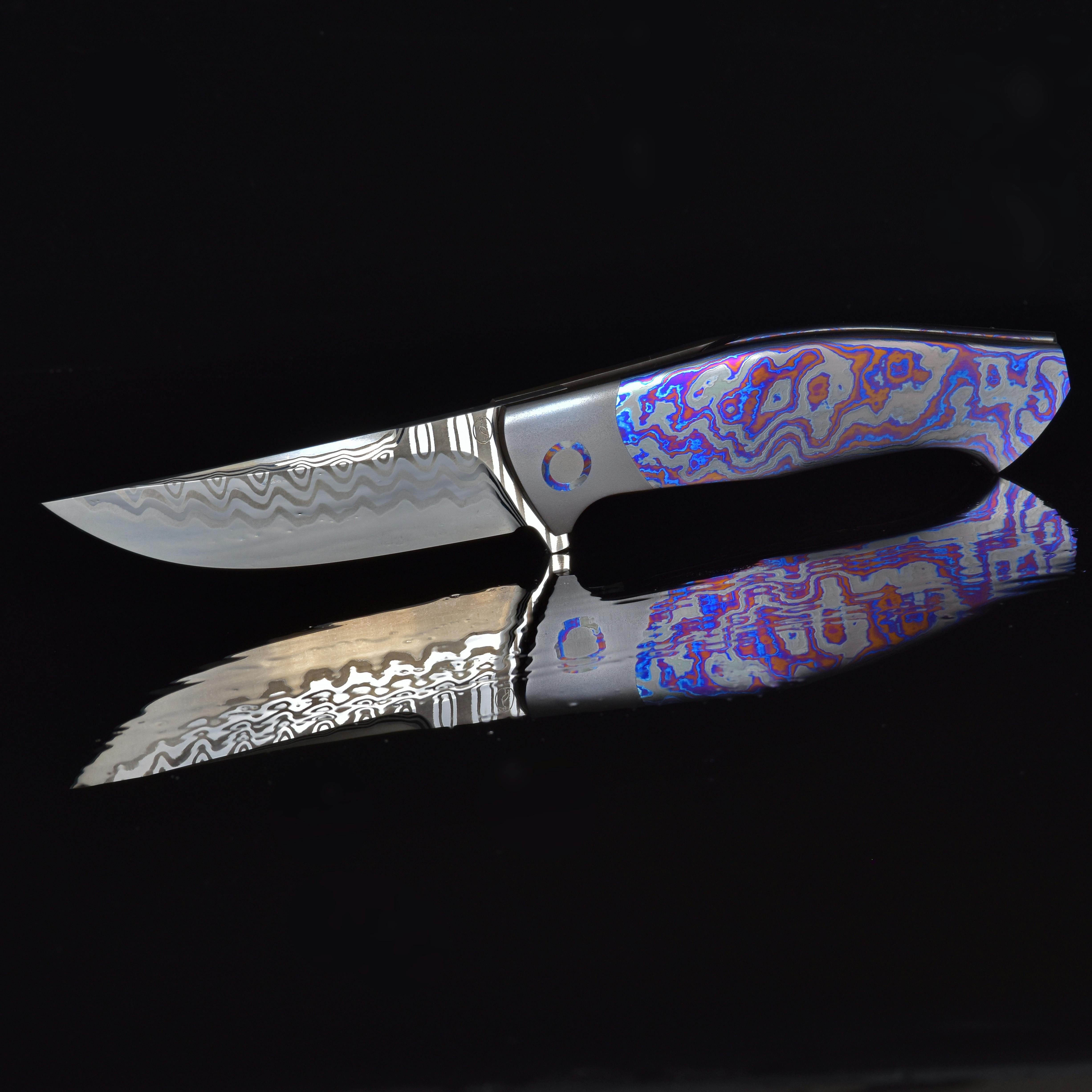
Conclusion
In conclusion, maintaining the durability of your cookware is essential to ensure it remains functional and safe to use in the kitchen. By addressing common issues such as loose handles, warping, and non-stick coating problems, you can prolong the life of your pots and pans and enjoy cooking quickly for years. Remember to take proper care of your cookware, avoid excessive heat and force, and handle it with care to prevent unnecessary wear and tear. With these strategies in mind, you can effectively tackle loose handles, warping, and non-stick coating problems and keep your cookware in top condition.


